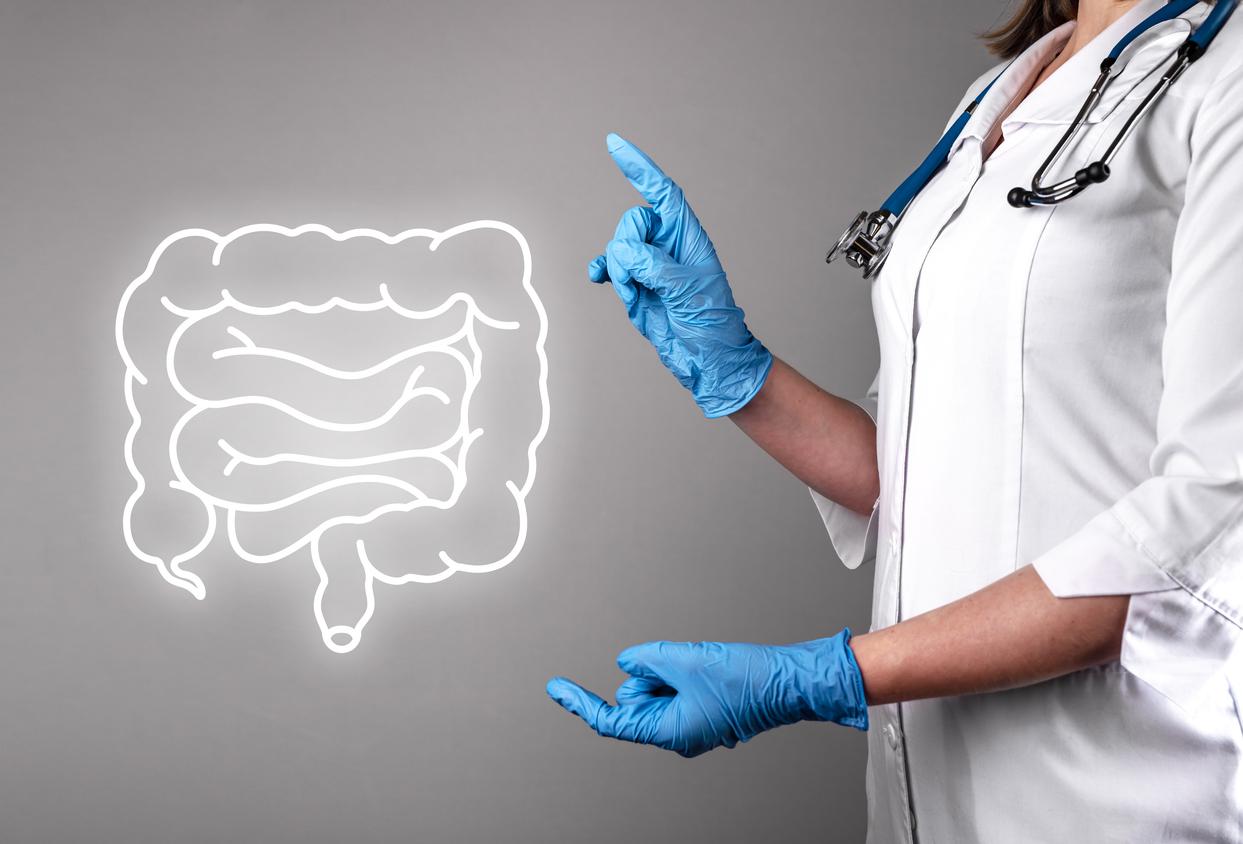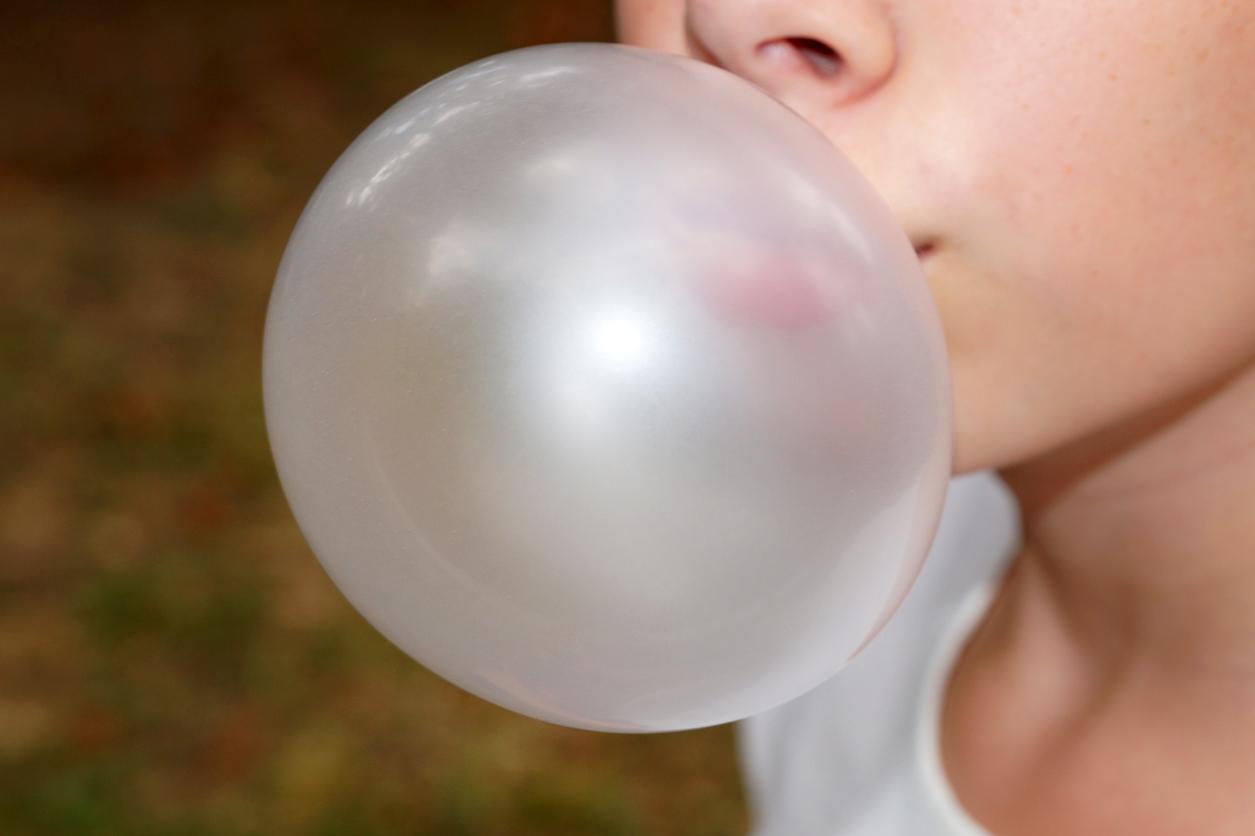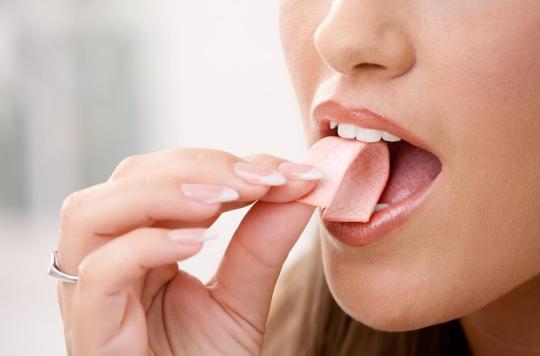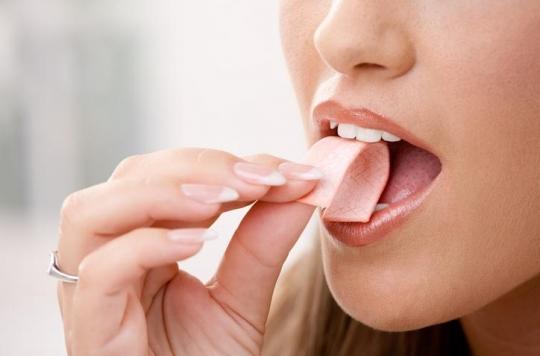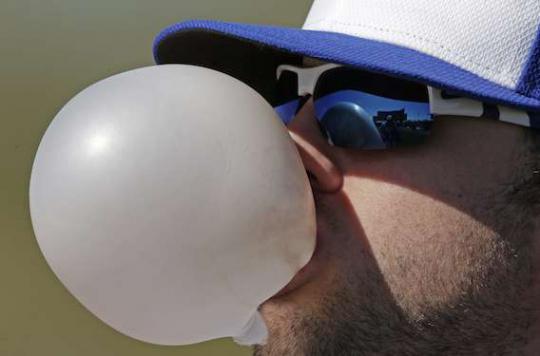Bright smile and beautiful eardrums, chewing gum would also prevent ear infections. And don’t panic if you swallow it… It may be more than just a treat. Admittedly, it will never replace the toothbrush, but a Canadian study, in children under 12, showed that chewing xylitol chewing gum would reduce the risk of ear infections. Without risk of sticking the intestines in case of accidental ingestion.
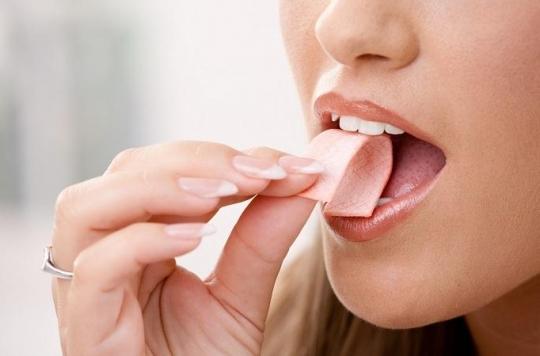
These are the astonishing, unexpected results, highlighted by researchers who have been trying to take stock of the interests of this popular gum for decades all over the world. Certainly, it is necessary to consume a certain number of them: 2 chewing gums 5 times a day to chew at least for 5 minutes to reduce the risk of ear infections by 25%.
It does not replace brushing your teeth
Another notion that requires clarification: chewing gum makes beautiful white teeth and could replace the toothbrush… True or false? False for the toothbrush. Brushing, provided it is regular and long, but also vigorous, removes dental plaque, this kind of glue that sticks to the teeth, a glue filled with bacteria that will attack the enamel and dig cavities. The chewing gum is too soft to do this job.
On the other hand, it cleans just a little, thanks to the saliva which is secreted during chewing, hence the interest of chewing, even if it is not very elegant. Saliva is rich in antibodies, it also reduces the acidity of the mouth and therefore fights against the bacteria that cause cavities.
sugar free chewing gum
The enemy of the teeth is sugar, which the bacteria in the mouth feed on. And these virtues attributed to chewing gum are only valid for those containing a particular sugar, a sweetener, xylitol. A fake sugar, which provides no calories and therefore does not feed bacteria at all.
“Mom, I swallowed my chewing gum”. Do not panic !
There is no need to run to the emergency room for fear of seeing your cherub’s intestines stick together permanently. It is no worse than a bite of any food. You would have to swallow very large quantities of it in a short time to have any problems!
One thing is certain, once swallowed, do not try to bring it back up. It is even a dangerous manoeuvre.
Chewing gum is not digested because it is completely indigestible. It is made of mixtures of elastomers which make it elastic and waxes which allow it to soften and prevent it from sticking too much. Minerals are added to improve its mechanical properties, an antioxidant to preserve it, and the whole thing is assembled and made malleable by resins. So nothing to digest in all this and no risk of a traffic jam! It’s like in the mouth, it sticks a little to the teeth, but not to the cheeks or the tongue.
Swallowed and well drowned in the digestive liquid, it joins the food bolus in which it is integrated, and with the contractions of the intestine, it finds itself at the end of the race with the other waste. We guess what’s next.
One last tip: how to remove it when it’s firmly stuck to clothing. By putting the garment or object in the freezer if possible, the chewing gum then becomes very hard, brittle, and can be more easily peeled off…
Doctor Jean-Francois Lemoine
Subscribe to the chronicles of Dr Lemoine
@DrLemoine
.




